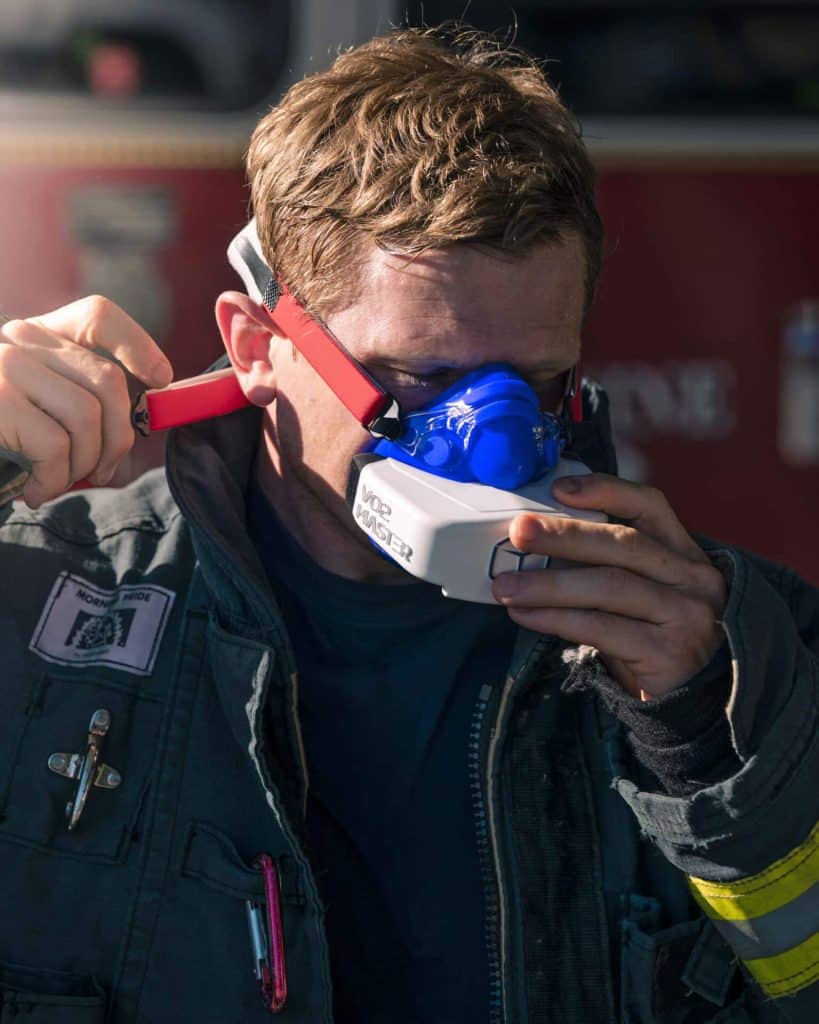How 5 Thought-Leading Universities Use the VO2 Master Analyzer to Advance Sports Science Research and Education
From type 1 diabetes studies to NCAA athlete testing and sprint cycling research, here’s how 5 thought-leading universities are using the VO2 Master Analyzer to revolutionize metabolic measurement in the lab and the field.
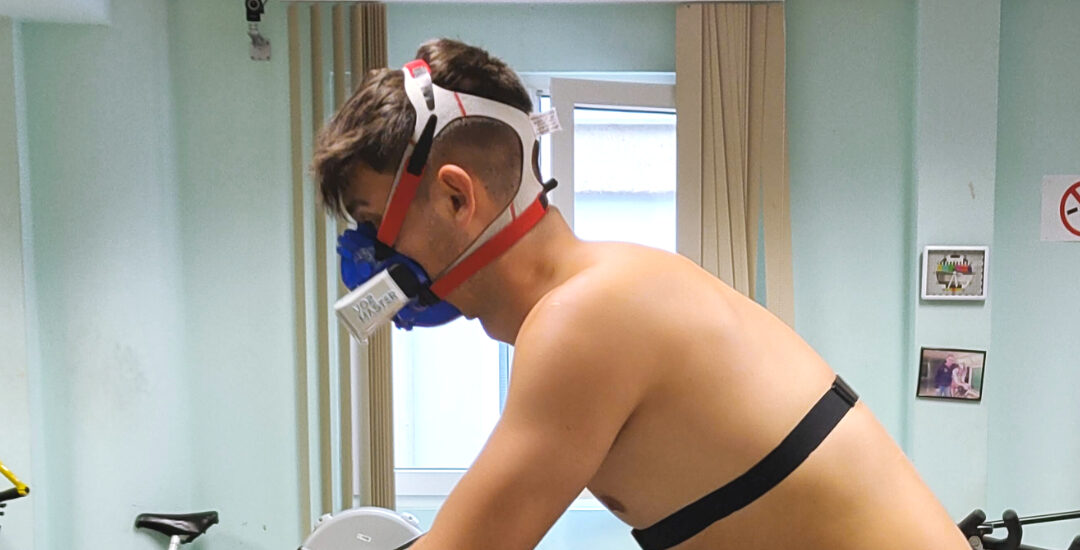
In a field where technology and data drive discovery, the ability to capture accurate, real-time metabolic measurements—indoor or outdoor, anytime—is transforming how researchers, clinicians, and educators understand performance and physiology.
The VO2 Master analyzer is at the center of that global transformation.
Here’s how five institutions are leading the change—from elite exercise science programs to tactical athlete research labs. They’re integrating the VO2 Master analyzer into their work, and redefining what’s possible in both the classroom and the research field.

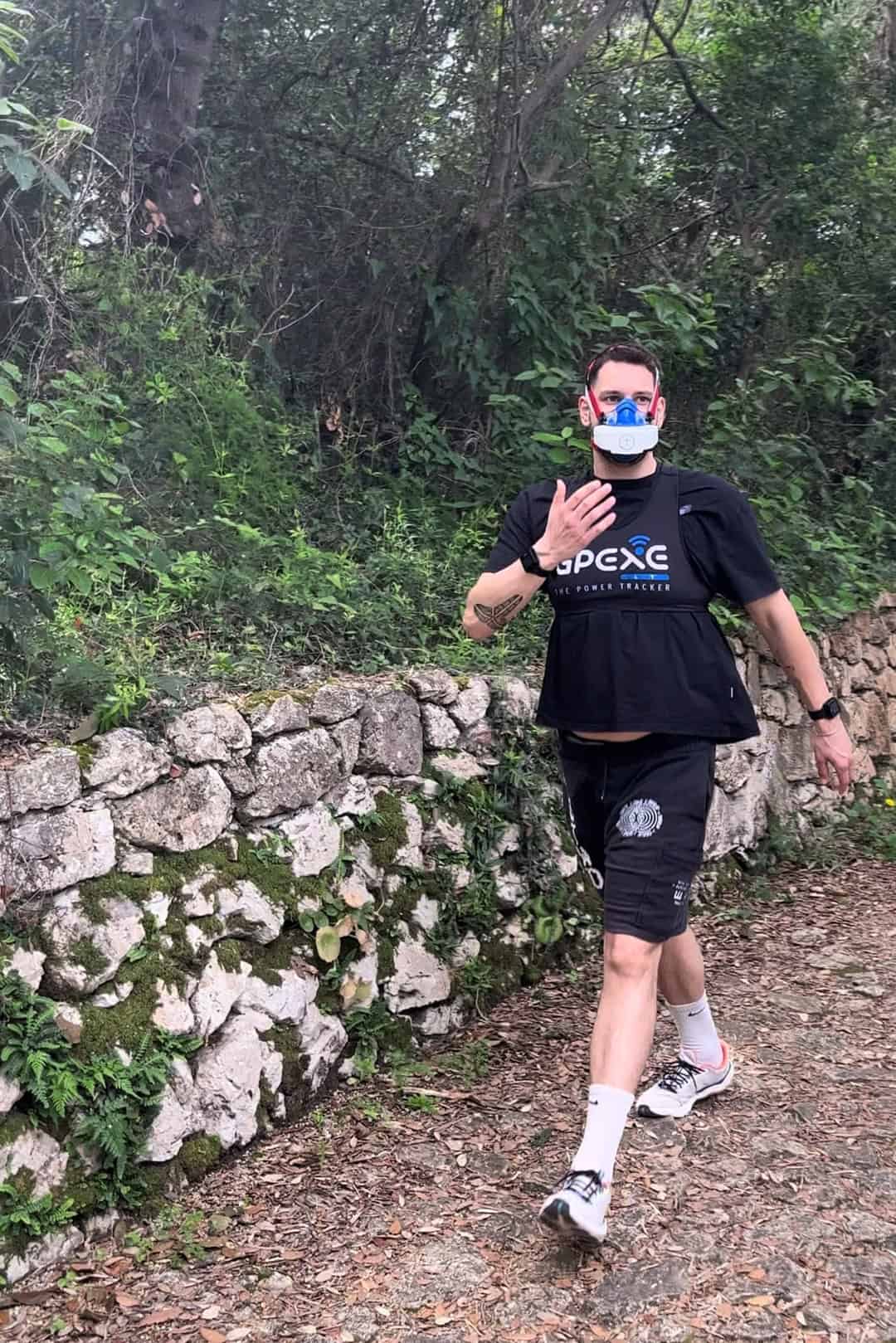
1. University of Cassino and Lazio Meridionale (Italy): Diabetes, Hiking, and Real-World Physiology Case Study
Researchers evaluated the effects of a multidimensional intervention on glycemic control in a patient with type 1 diabetes.
They combined aerobic training, dietary strategies, sleep tracking, and physical activity monitoring across both indoor treadmill and outdoor hiking sessions as discussed in the Journal of Functional Morphology and Kinesiology.
Why did they use the VO2 Master?
The analyzer “allowed us to collect reliable, real-time metabolic data in both laboratory and outdoor settings without restricting the participant’s movement or comfort.
Its portability and ease of use made it ideal for monitoring physiological responses during hiking, providing valuable insights into how different environments and exercise intensities impact glucose metabolism in individuals with type 1 diabetes.”
Andrea Fusco, Ph.D. Europaeus, FECSS – Department of Medicine and Aging Sciences, University “G. D’Annunzio” of Chieti–Pescara (current affiliation); study conducted at the University of Cassino and Lazio Meridionale.
Key Findings:
- Enhanced cardiovascular responses to exercise
- Valuable real-world data enabled by portable VO2 tracking
- Improved glycemic control and reduced insulin usage
Interested in learning more? Read the full study.
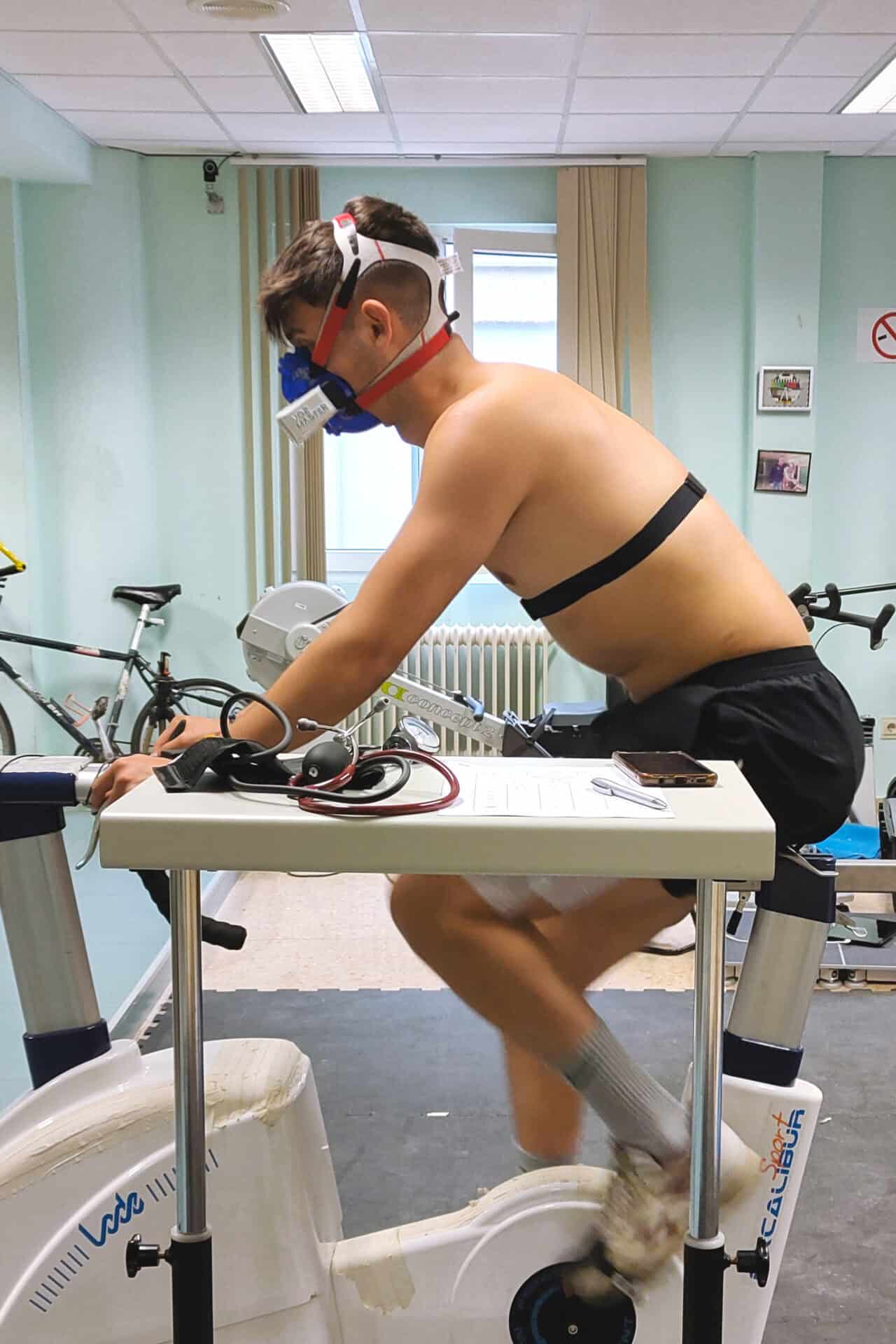
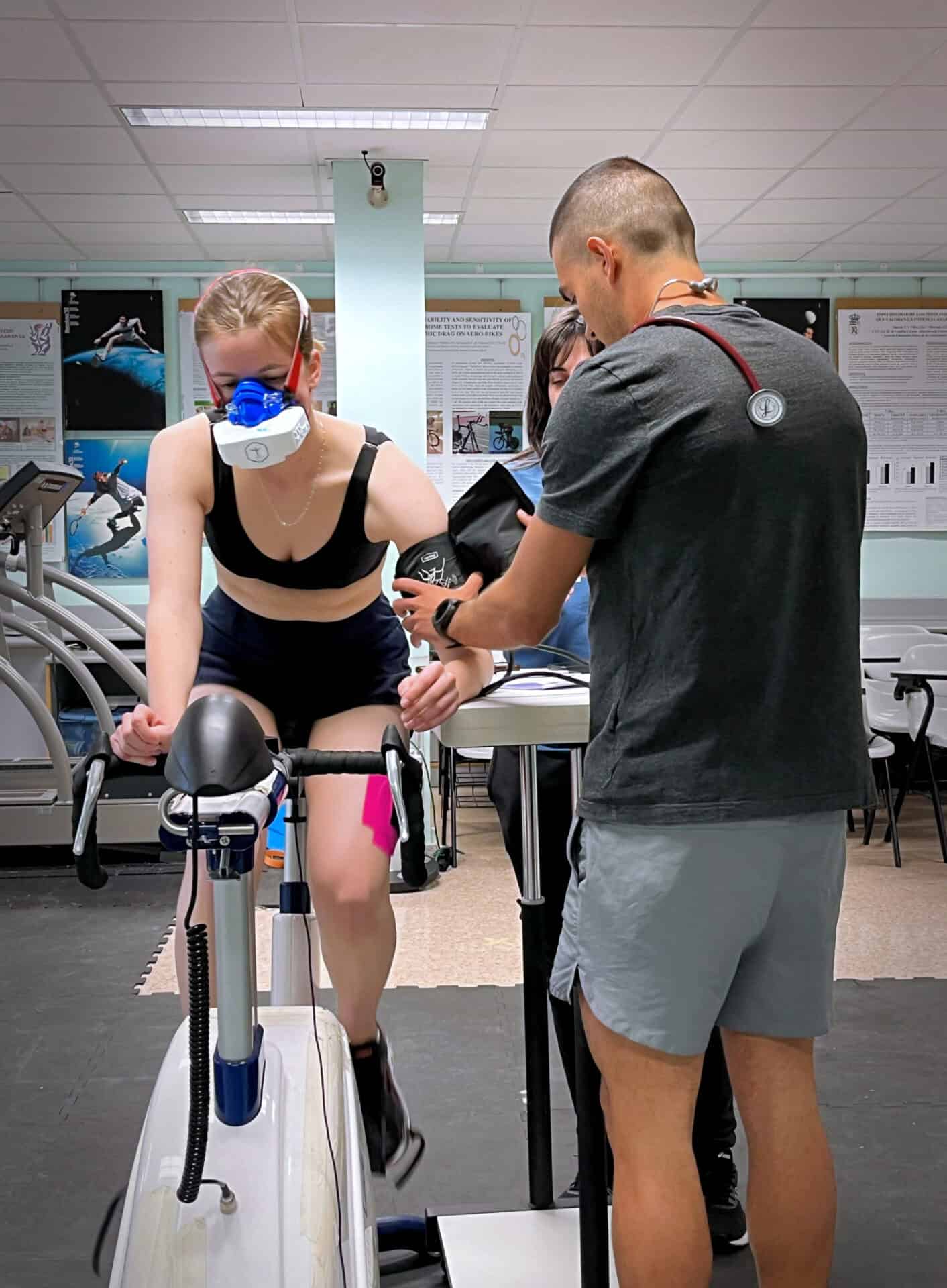
2. University of León (Spain): Torque, Perception, and Sprint Cycling Performance
A recent study published in the European Journal of Applied Physiology examined how torque settings influence short sprint interval training (sSIT) performance.
Using the VO2 Master Analyzer and surface EMG, researchers uncovered:
- High Torque (HT)= Higher power, more fatigue, greater perceived exertion
- Low Torque (LT) = Higher cadence, better motor unit recruitment, improved enjoyment
- Cardiometabolic Load = No difference between HT and LT
As per Daniel Boullosa, PhD. Sports Science, Department of Physical Education and Sports:
“This study provides valuable information with a comprehensive overview on physiological and perceptual responses to sSIT under different torque conditions. Pedaling resistance can significantly influence both neuromuscular and perceptual responses, but not cardiometabolic demands during sSIT protocols. Therefore, torque selection should be further considered when designing sSIT protocols, as differences in pedaling resistance can lead to variations in mechanical power, muscle recruitment, and perceptual responses.“
To learn more, read the full study.
3. Maryville University (USA): Bridging NCAA Athletics and Academic Training
In Maryville University’s Exercise Science program, VO2 Master is used in two core areas:
- Education: Teaching students the principles of exercise physiology and test interpretation.
- Performance: Testing NCAA Division II athletes to optimize conditioning programs.
Victor Kizer, DSc, CSCS*D, TSAC-F*D, Program Director, Exercise Science, explains: “We’ve really been able to dial in some specific training parameters by having better data. The setup is easy, and we love being able to test in the lab or out in the training environment.”
They chose VO2 Master for its reliable, valid metrics, clean mobile interface, and portability for both field and lab use.
4. Case Western Reserve University (USA): Training the Next Generation of Health Leaders
At Case Western’s ENRG Lab, the VO2 Master Analyzer is a cornerstone of both research and teaching.
From medical students to exercise science undergrads, learners gain first-hand experience measuring key physiological indicators—bridging the gap between theory and practice.
Lindsay Malone, RD, LD, Instructor, CWRU, shares: “This technology enhances our research capabilities and student engagement by bringing charts and numbers to life in a hands-on, practical way.”
VO2 Master provided Case Western Reserve University with a seamless transition between lab and field use, engaging student learning through live data, and accurate results for advanced performance research
5. Park University (USA): Ditching Old Tech for a Modern Solution
Before the VO2 Master analyzer, Park University was stuck with an outdated cart-based system—expensive to maintain, slow to set up, and prone to inaccurate data.
Dr. Mike Swoboda, DHSc, CPSS, CSCS, EP-C, EIM, FNS, Assistant Professor and Program Coordinator—Sport & Exercise Science, says: “VO2 Master turned my classroom around. It’s fast, reliable, and lets us run real field tests with ease.”
VO2 Master offered game-changing advantages for Park University, including complete portability with no cords, tubes, or backpacks, the ability to start a test in seconds—not 45 minutes, and results accessible right on a phone or iPad.
Whether it’s improving metrics in diabetic patients, personalizing athletic training, or shaping tomorrow’s sports scientists, the VO2 Master Analyzer is enabling researchers and educators to go beyond the lab and capture the full spectrum of human performance in unprecedented research and study settings.
Want to learn how you can utilize VO2 Master in your educational institution? Learn more about its research applications or book a free live demo with one of our in-house experts today.
